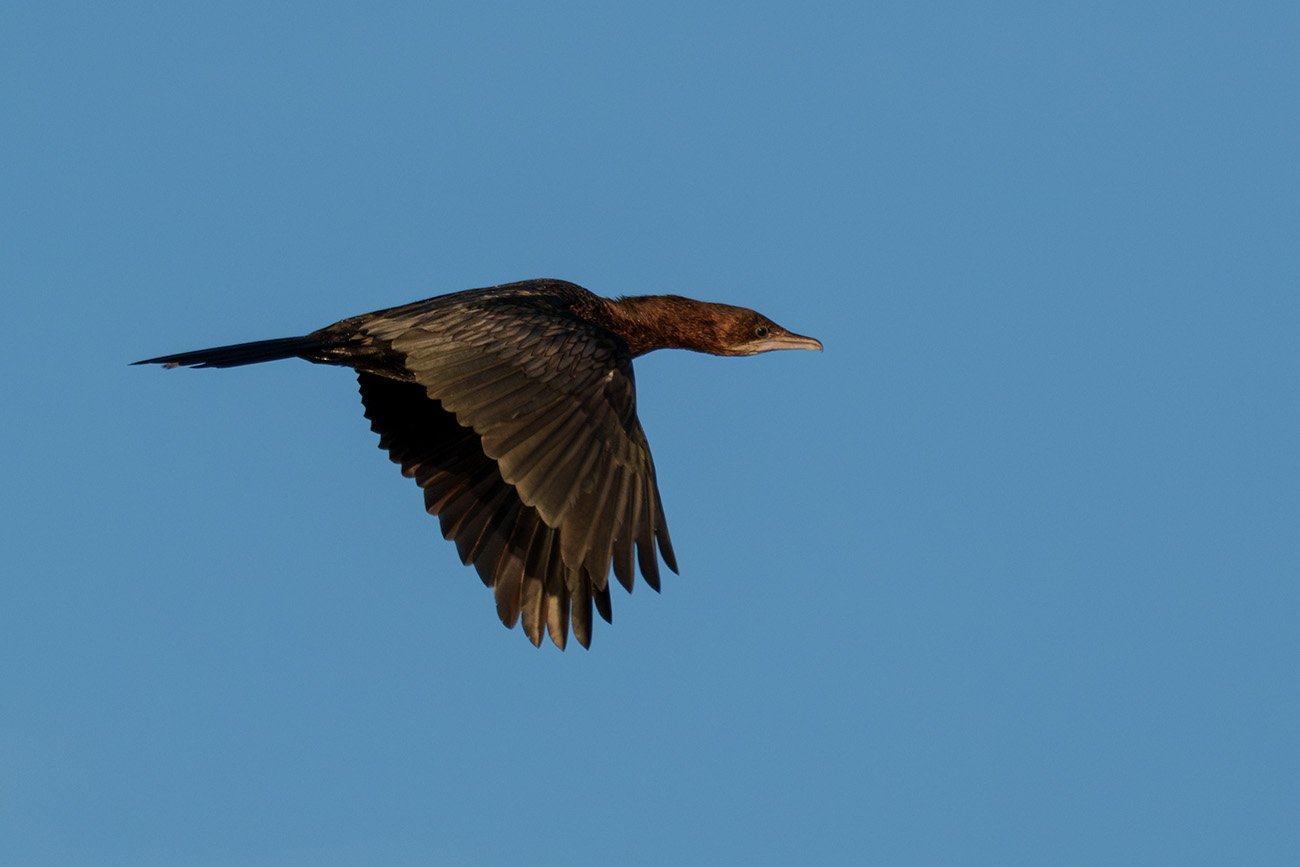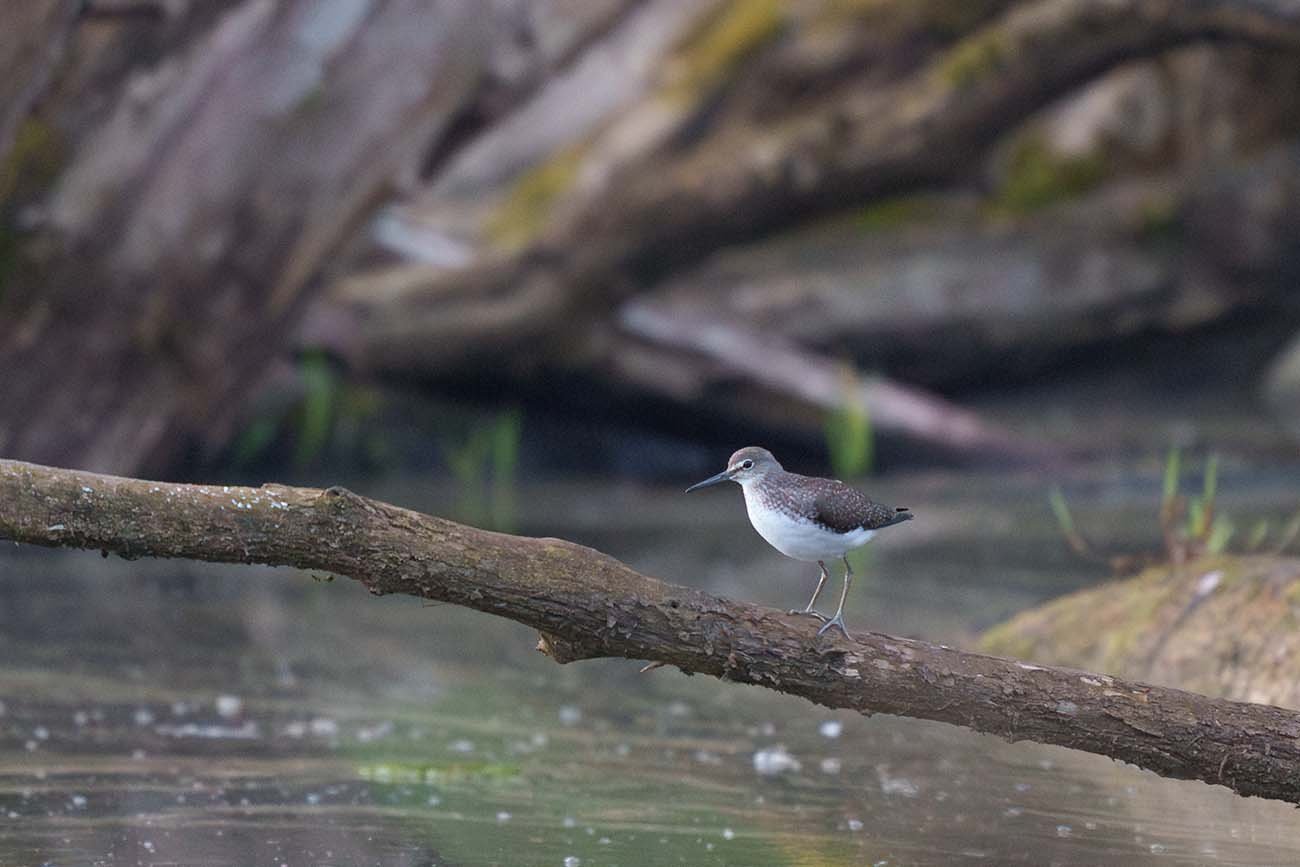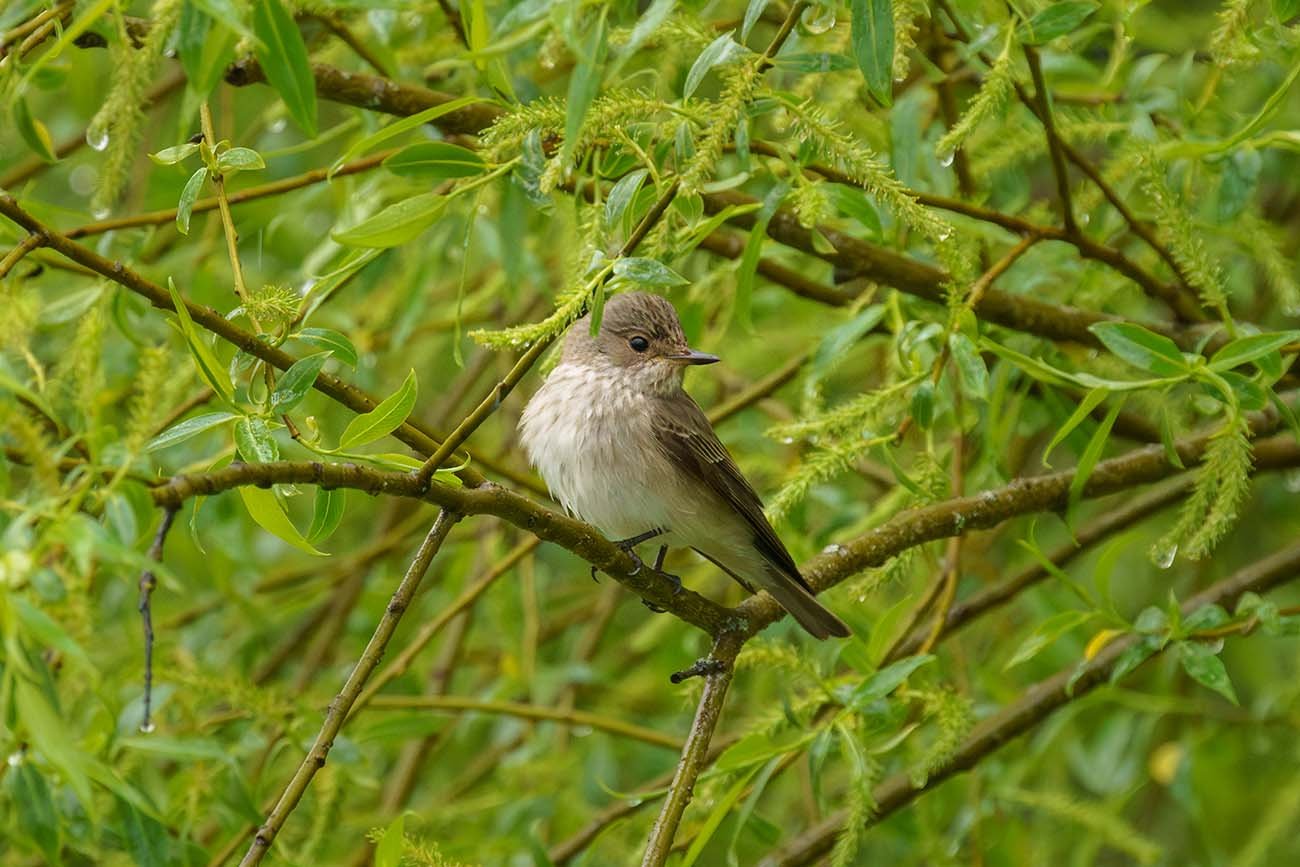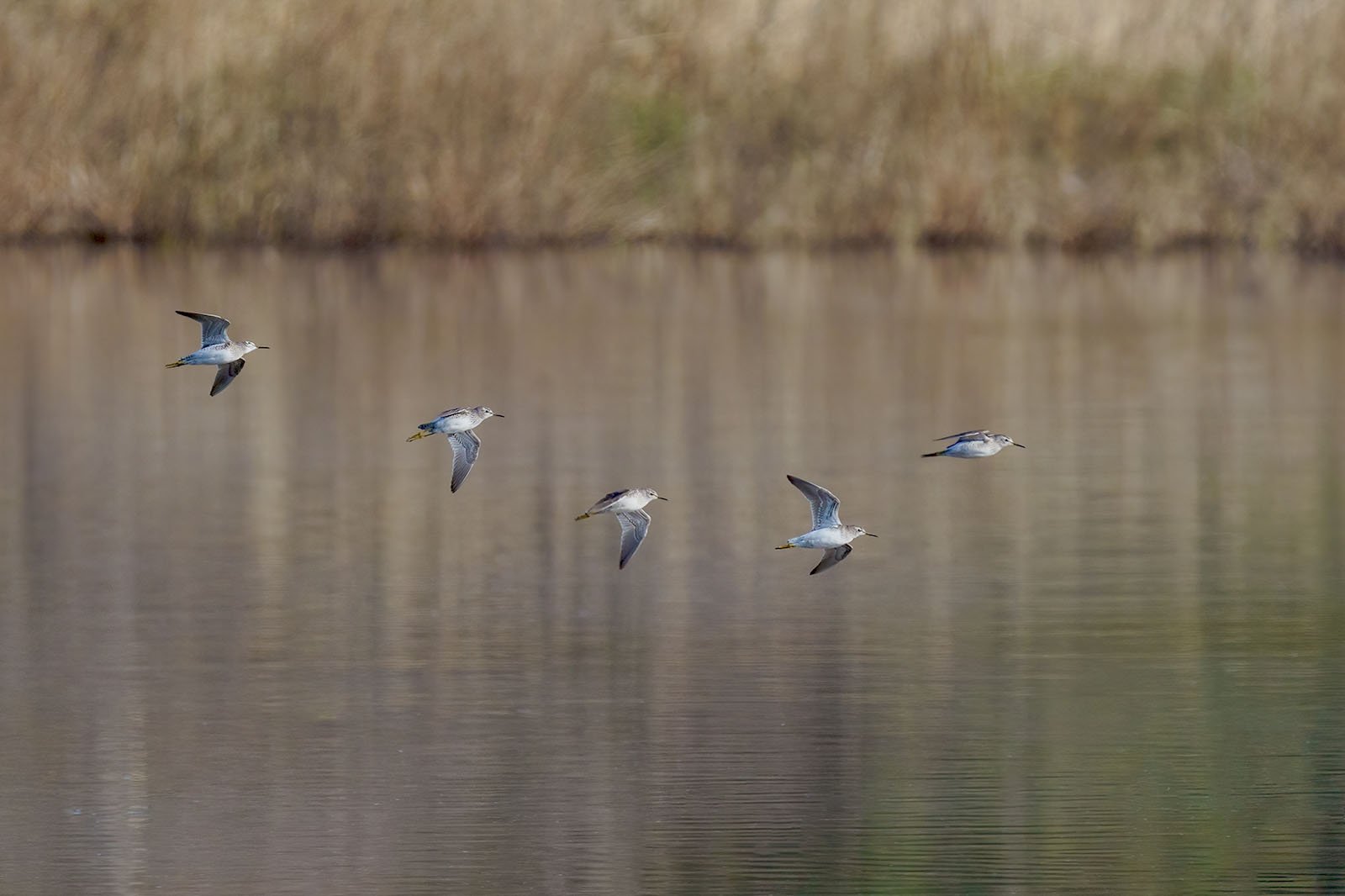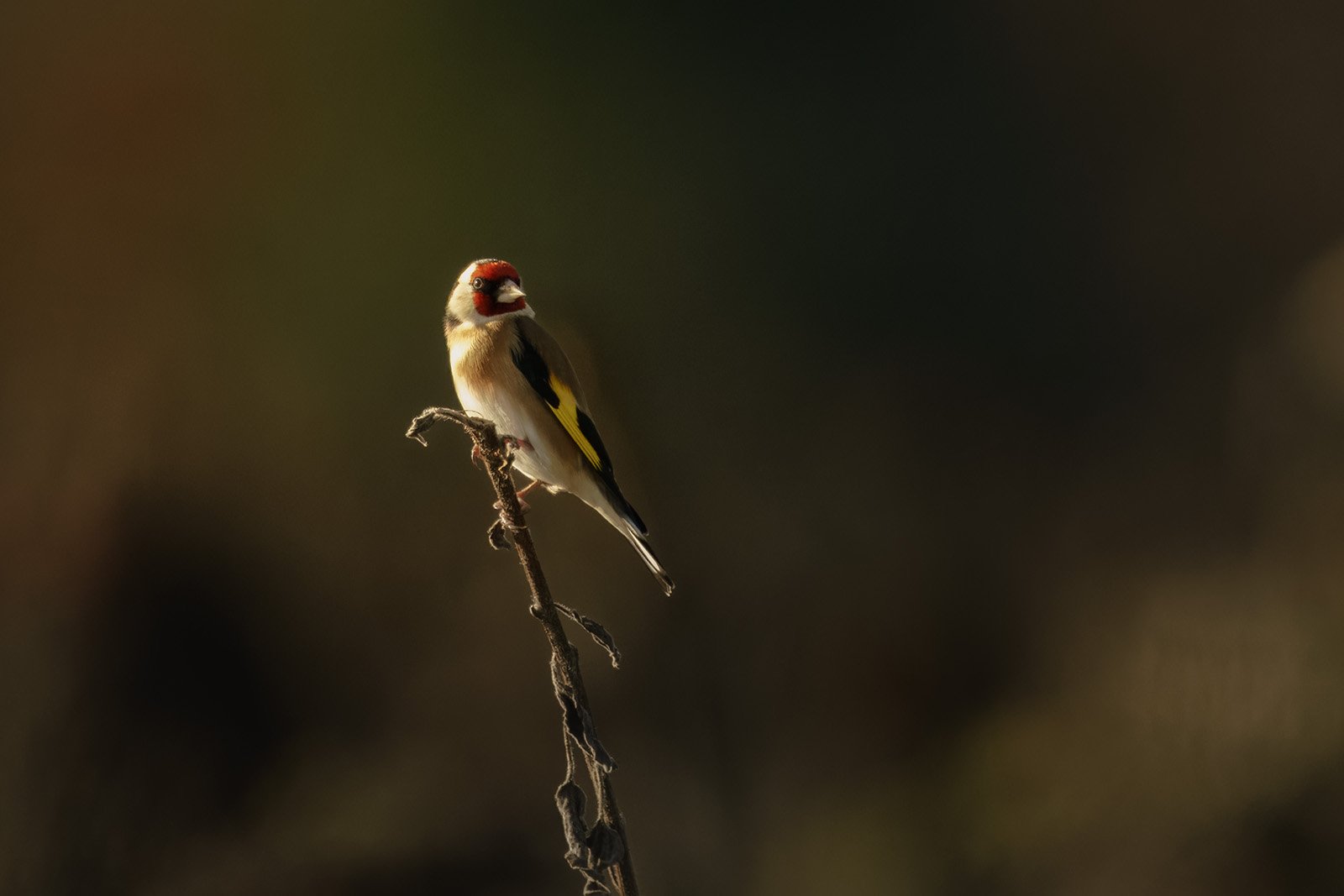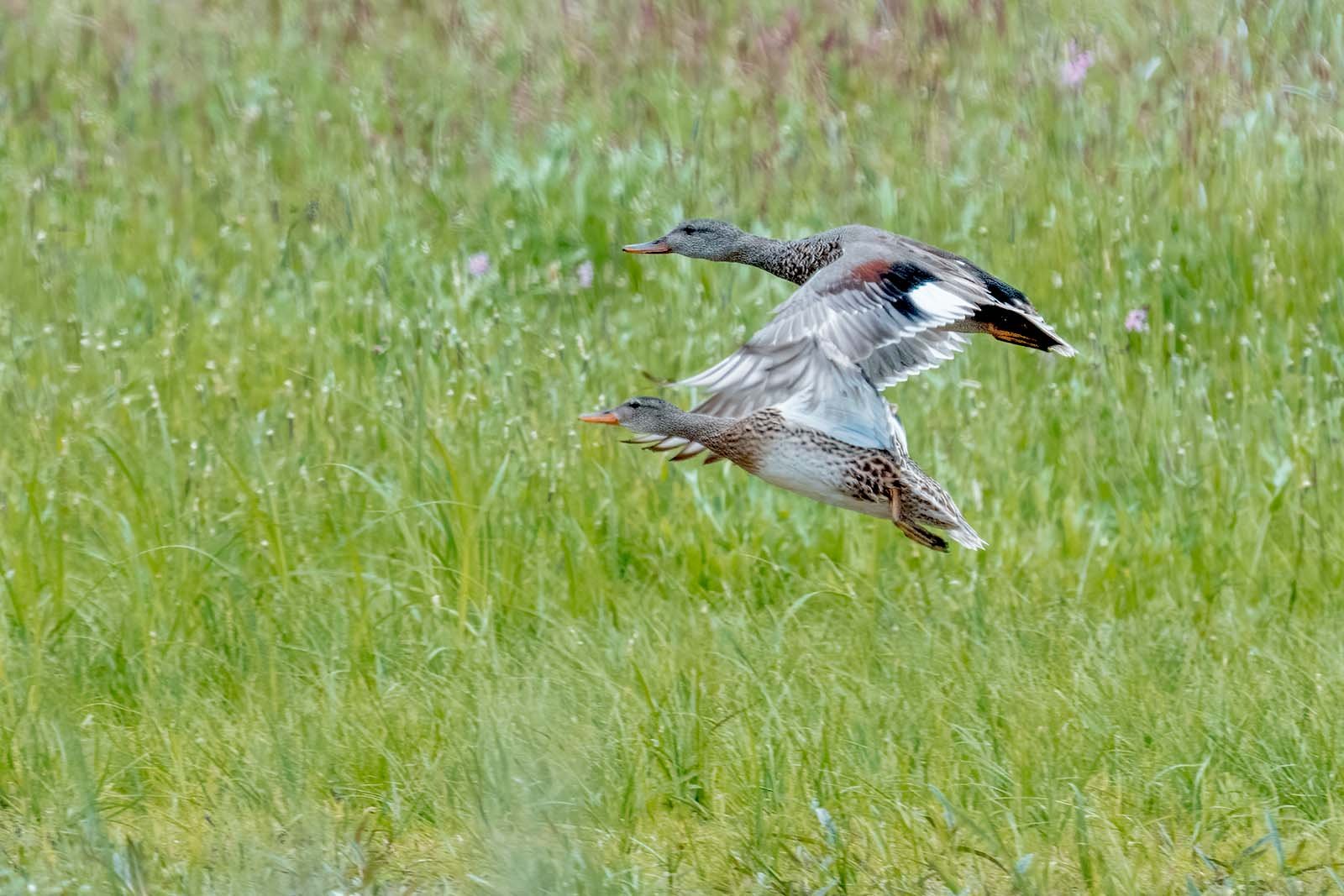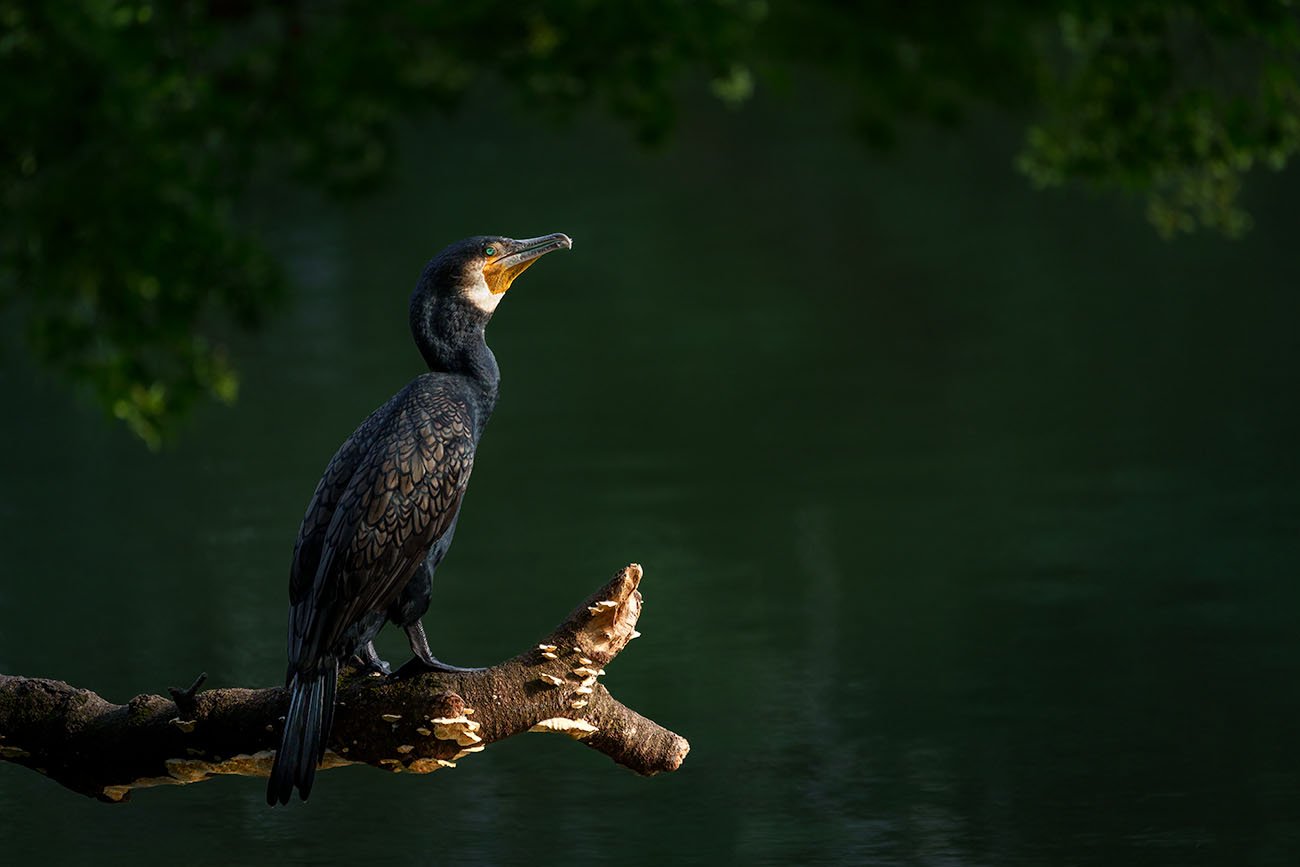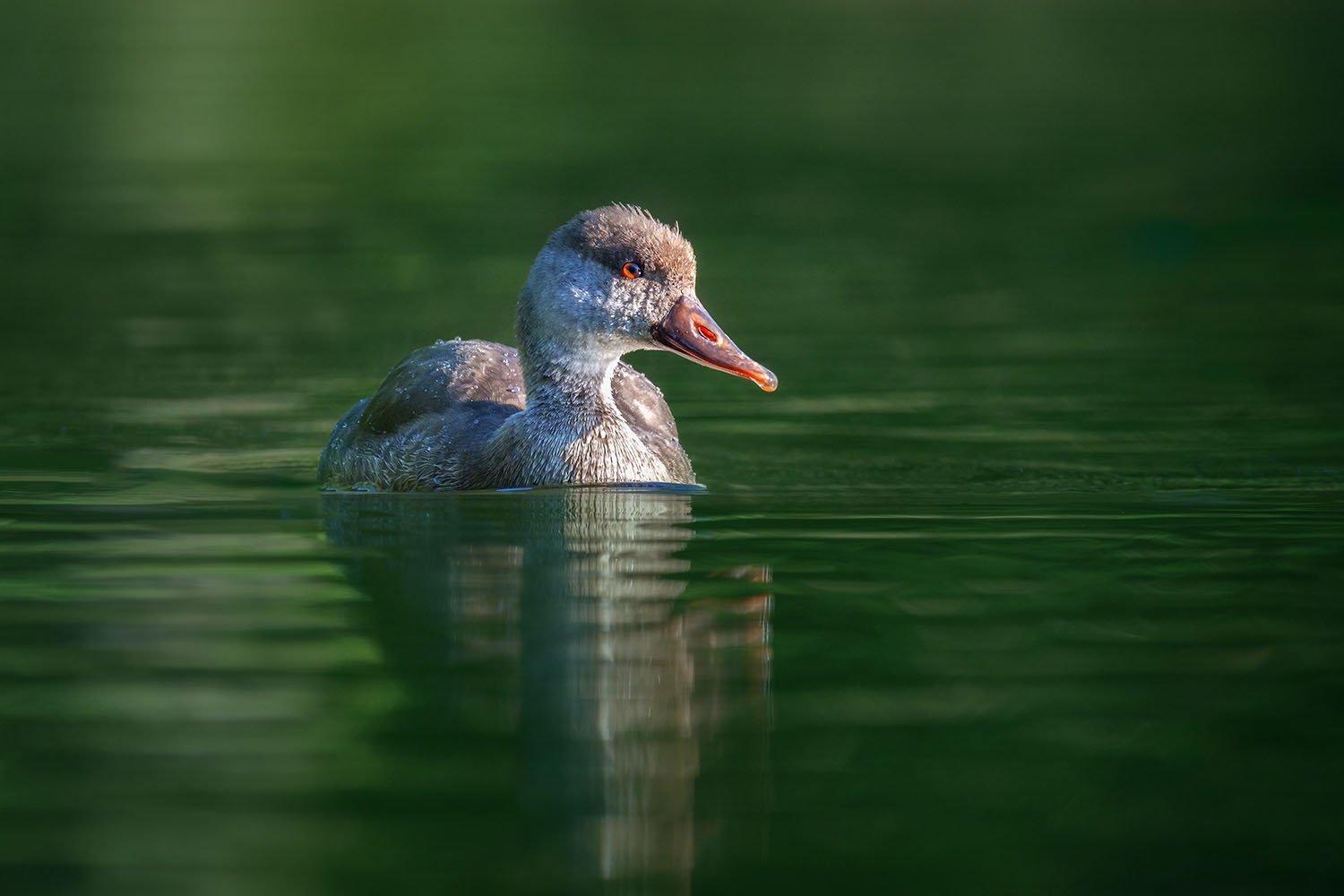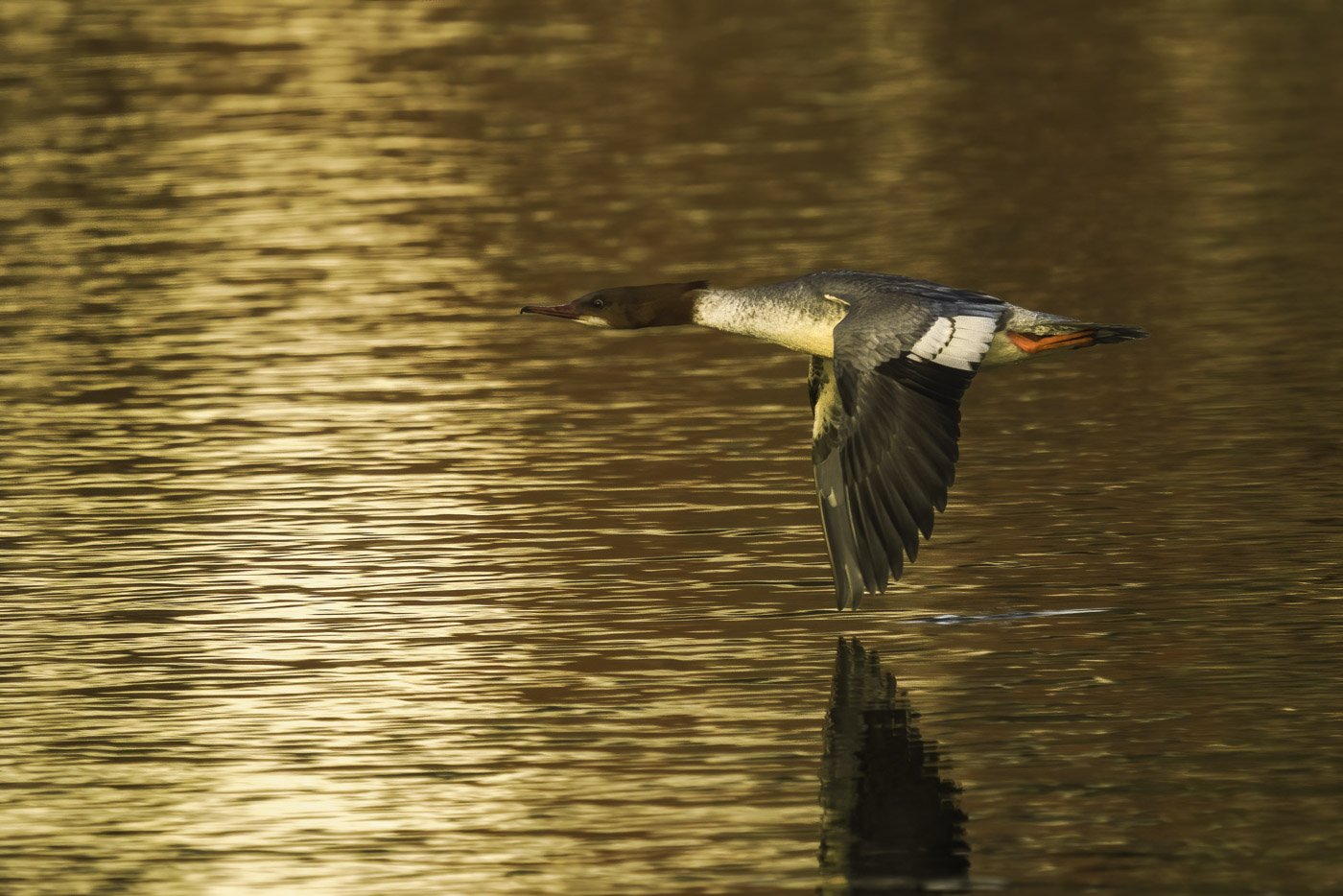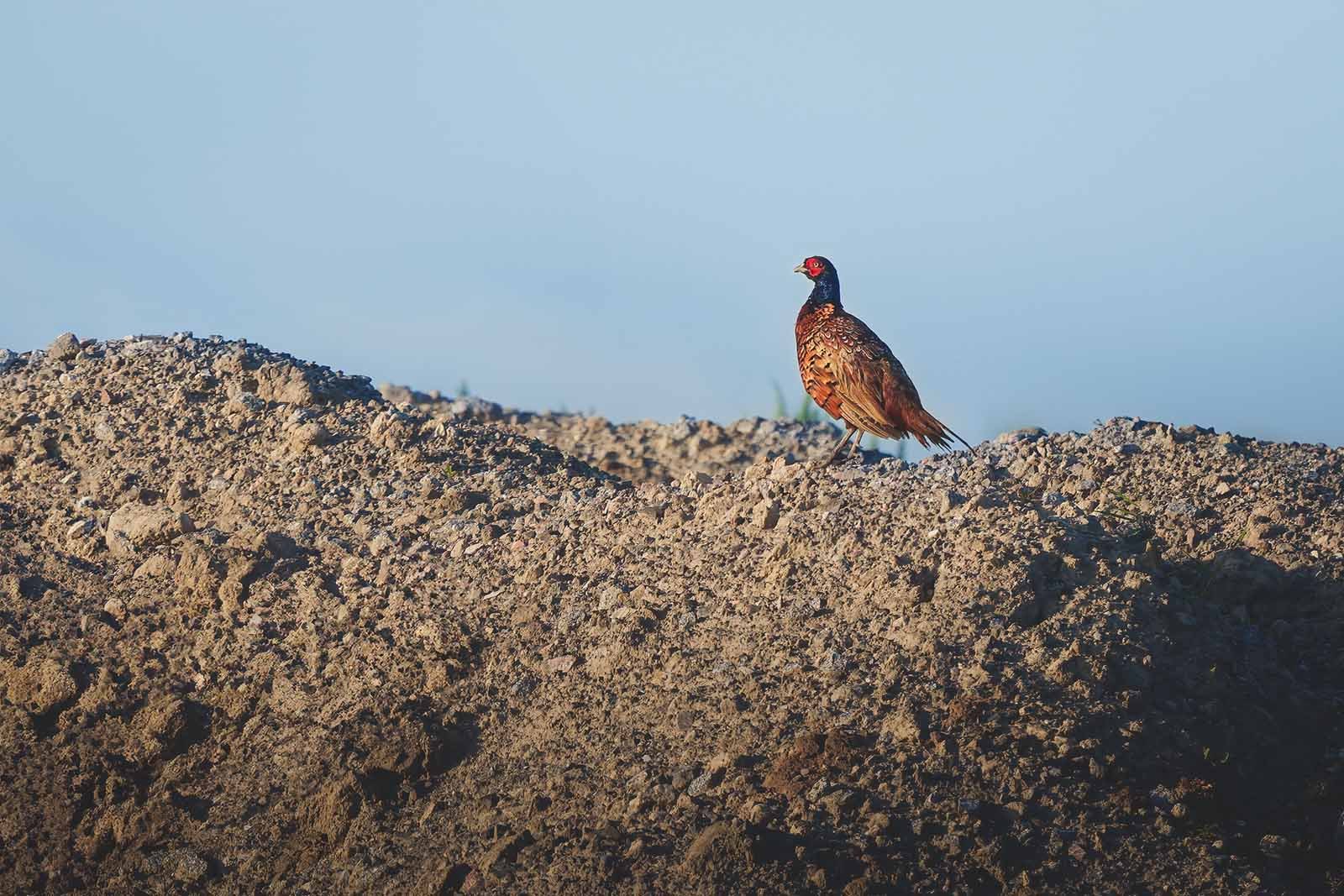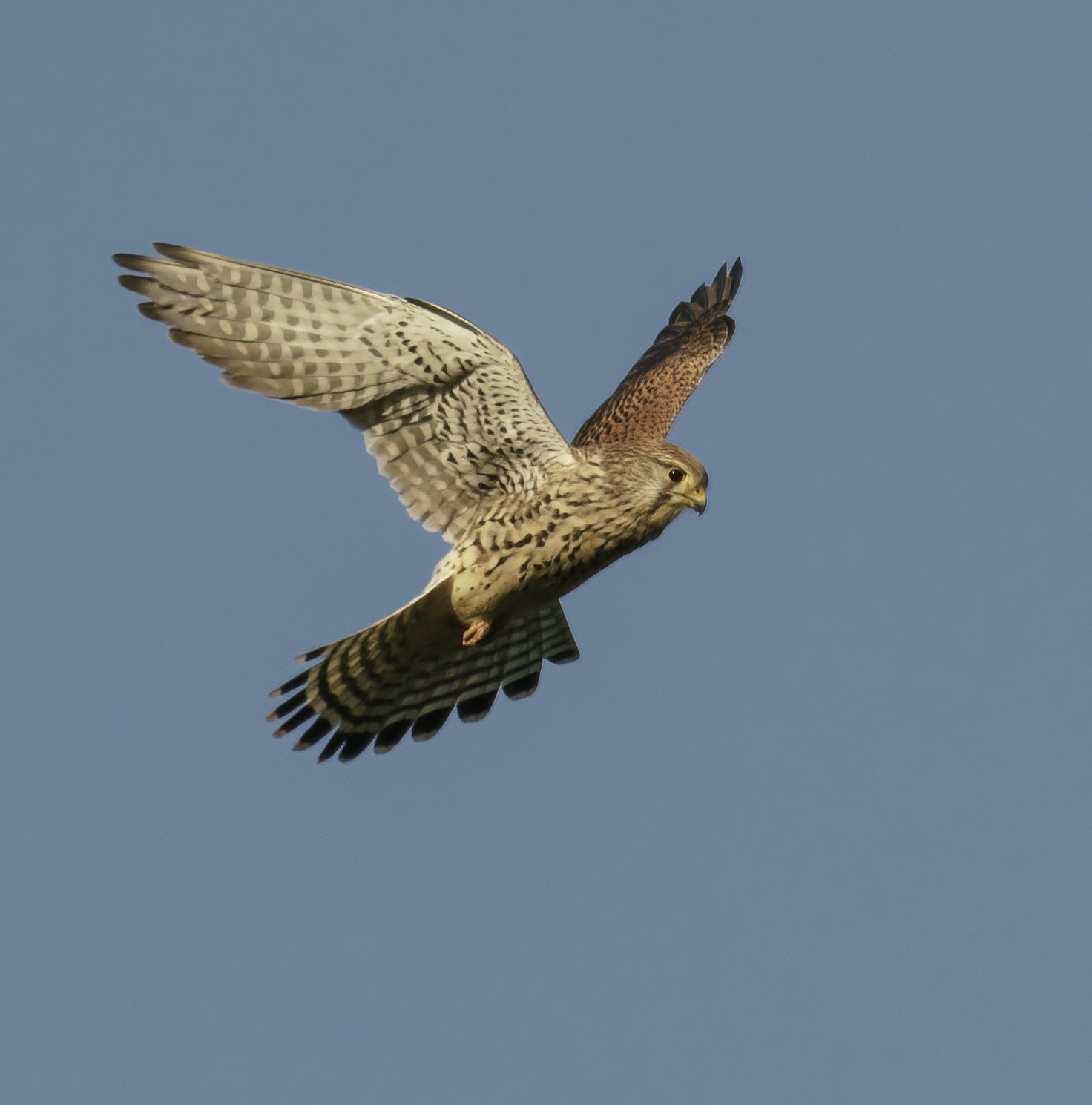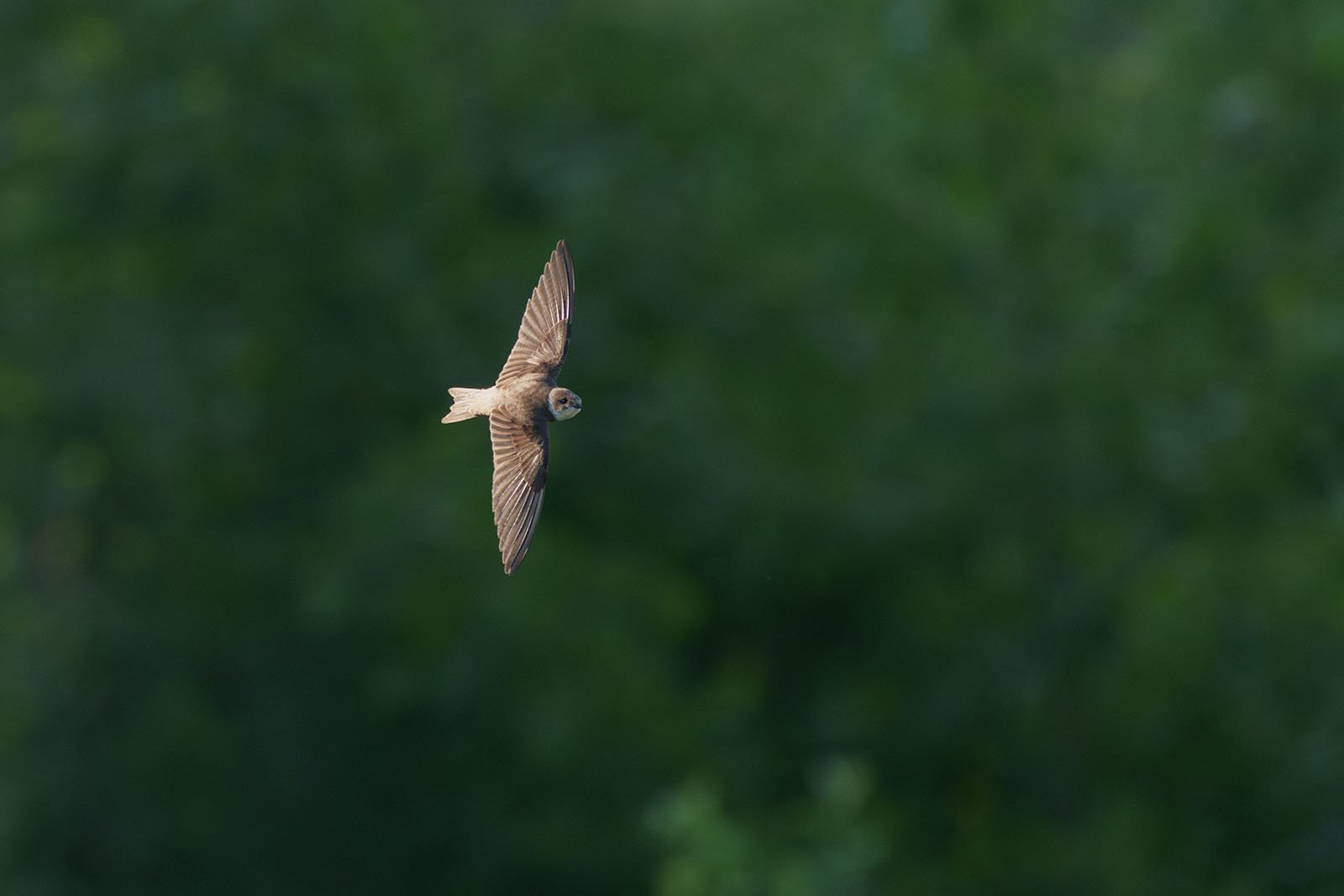Song thrush (Turdus philomelos)
Song thrush (Turdus philomelos)
Song Thrush – The Spotted Singer of Our Woodlands
The Song Thrush has a clear, beautiful song and is important in local ecosystems. Learn about its behavior, where it lives, and its unique feeding habits.
Shortlist
- Size: 20–22 cm
- Characteristics: Brown upper body, light chest with dark spots, large dark eyes
- Habitat: Forests, parks, gardens – in winter, it flies south
- Reproduction: Nest made of grass and mud, 4–6 eggs, both parents feed the chicks
- Diet: Earthworms, snails, beetle larvae, and berries in fall
Key Facts About the Song Thrush
The Song Thrush (Turdus philomelos) is part of the thrush family and is known for its melodic voice. Its plumage helps it stay hidden: the top is warm brown, and the underside has bold, dark spots. This makes it hard to see among leaves.
It prefers open forests with thick undergrowth but also lives in gardens, parks, and hedgerow areas. It spends summer in Central Europe, then migrates to warmer regions around the Mediterranean in winter.
During the breeding season, the female builds a detailed nest with an inner layer of mud. Its diet is varied: it eats earthworms, insects, and berries.
Table of Contents
- Appearance and Distinctive Characteristics
- Habitat and Distribution
- Reproduction and Nest Building
- Diet and Hunting Method
- Song: The Unmistakable Concert of the Song Thrush
- FAQ: Frequently Asked Questions
1. Appearance and Distinctive Characteristics
The Song Thrush has simple but effective camouflage. Its upper body is a warm brown, making it blend in with leaves and branches. The underside is lighter, marked with dark, arrow-shaped spots.
Key features include:
- large, dark eyes that look alert
- a slender, pointed bill for picking up food
- strong legs for hopping quickly on the ground
In flight, the underwing coverts (the feathers under the wing) show an orange-yellow color. You often notice this only when the bird takes off.
2. Habitat and Distribution
Song Thrushes adapt to many places. They like:
- open forests with plenty of undergrowth
- gardens and parks, as long as there are enough shrubs and trees
- hedgerows and small woodlands that protect them from predators
In summer, you can find them all over Central Europe. In winter, most fly south—many cross the Alps and spend the colder months in Italy or North Africa.
Some remain in Germany during mild winters, especially in towns or cities with enough food.
3. Reproduction and Nest Building
The female builds the nest by herself. She uses:
- grass and twigs on the outside
- mud to make the inner walls stronger
- soft plant material for padding
The eggs are pale blue with dark spots. Usually, she lays four to six eggs that hatch after about 12 to 14 days.
Right after hatching, the female stays with the chicks while the male brings food. After around two weeks, the young birds leave the nest but still depend on their parents for a short time.
A Song Thrush often has two broods each year—one in spring and another in late summer.
4. Diet and Hunting Method
The Song Thrush has a clever way to find food. It mainly eats:
- earthworms—it tilts its head to hear them moving in the soil, then quickly pulls them out
- snails—it breaks open snail shells on stones to reach the inside
- beetles and insect larvae—it pecks them from the ground or from leaves
- berries in fall—it especially likes blueberries and elderberries
Because it eats so many berries, it helps spread plant seeds through its droppings.
5. Song: The Unmistakable Concert of the Song Thrush
Its song is the Song Thrush’s most famous trait. While many birds have short calls, it repeats clear phrases, usually three or four times in a row.
Typical sounds include:
- “Dü-dü-dü… trü-trü-trü…” (German-style syllables)
- a clear, melodic, varied tune
- often heard early in the morning or in the evening
It usually sings from a high spot, like a treetop or a rooftop.
Each Song Thrush creates its own “phrase” and sometimes copies the calls of other birds.
6. FAQ: Frequently Asked Questions
1. Why does the Song Thrush repeat its song phrases?
It repeats them to mark its territory and to attract a mate.
2. Do all Song Thrushes stay in Germany over the winter?
No, most migrate to warmer areas, but a few stay in mild regions.
3. Why does a Song Thrush tap on stones?
It uses stones as a tool (like an “anvil”) to crack open snail shells.
4. Can you spot Song Thrushes in a garden?
Yes, if you have shrubs, berry plants, and a natural environment.
5. How long does a Song Thrush live?
Most live about three to four years in the wild, though some can reach ten years.



